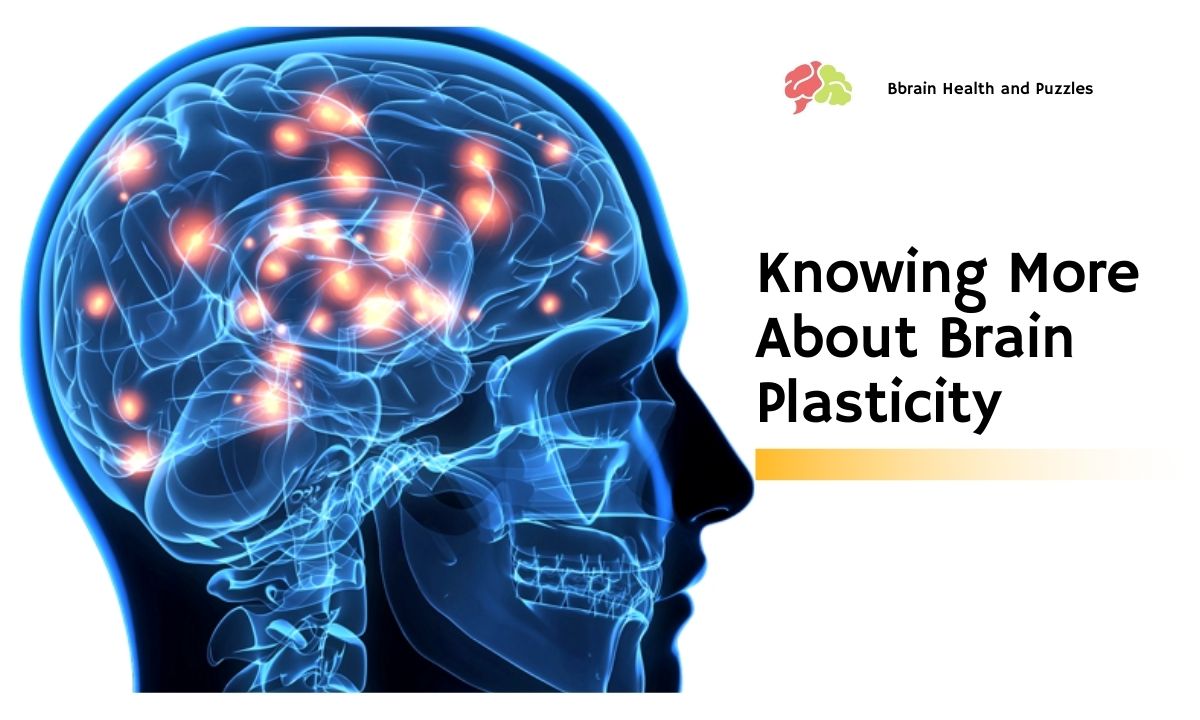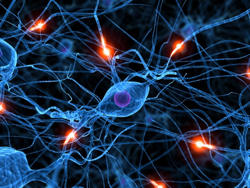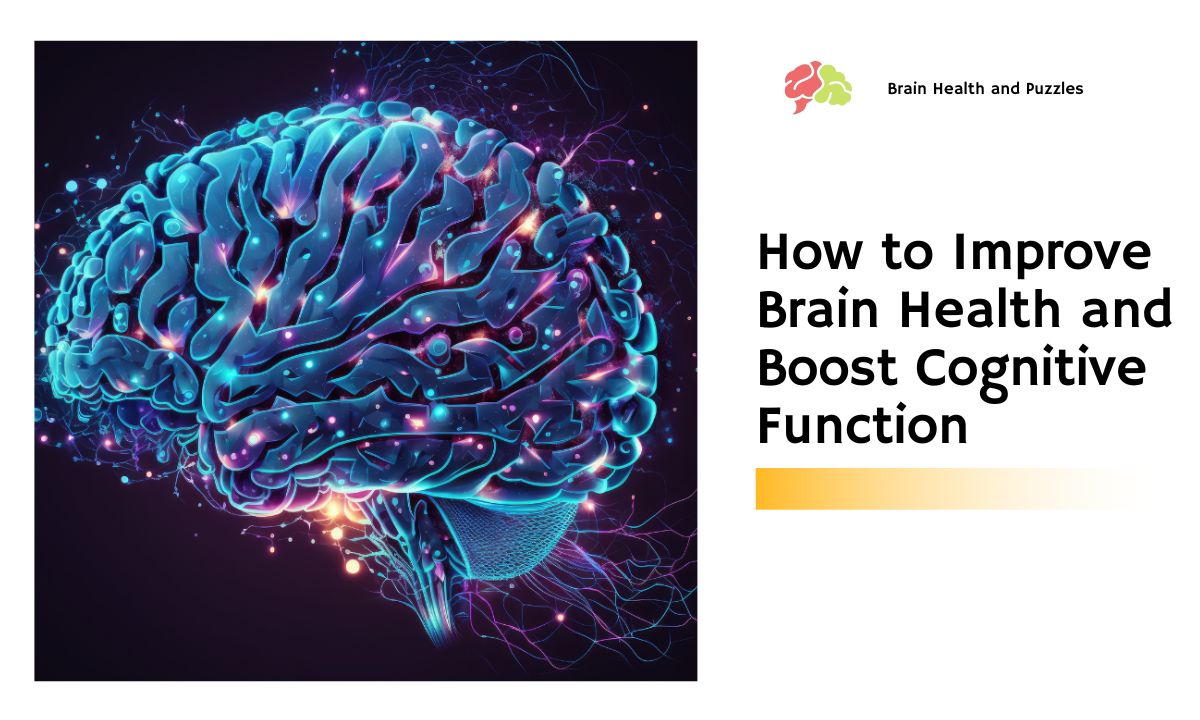
The Architecture of the Brain
What is meant by brain plasticity? This somewhat odd phrase refers to the ability of the brain to adapt and change to various situations. Brain plasticity is more than just learning a new behavior based on a specific set of circumstances (though that is an excellent example of brain plasticity).
The process actually refers to how nerve cells, a.k.a. neurons, physically change inside the brain. Indeed learning and memory involve brain plasticity, but the term also replies to how a person recovers after a stroke and even how the brain reorganizes after taking drugs.
Within the last thirty years or so, neuroscientists have been studying a process that they believe underlies the brain’s ability to form new memories. Under a certain set of circumstances, scientists can cause brain plasticity in a dish. Scientists first dissect a special part of the brain from a test animal. This special part of the brain is called the hippocampus and it has long been recognized as an area that is crucial for forming memories.
This dissected region of the brain is bathed in a warm, salty solution that is very much like cerebrospinal fluid. Scientists then stimulate a portion of the hippocampus with high-frequency electrical pulses. What results is a long-term change in the endings of neurons in another part of the hippocampus. This long-term change is referred to as long-term potentiation and is believed to be the process that our brains undergo when we learn new information.
This stimulation is no more intense or frequent than the electric signals that fire in our brains when we make new memories. Further support for this form of brain plasticity as the cellular basis of memory is that a similar process can be done using electrodes inserted into the brains of the living, moving animals. Stimulation of their hippocampi can affect memory.
Recovery from Stroke
When someone is unfortunate enough to have a stroke, a part of the brain is deprived of blood and oxygen for an extended period of time. Brain without blood dies fairly quickly and the region of brain that dies cannot be used to do the tasks that it once did. However, by working with physical, occupational, and speech therapists, recovering stroke patients can regain some or all of the abilities that they once lost. The process at work in this recovery is another type of brain plasticity.
The brain cells that die from the stroke will never return, so physical other therapists work to recruit other, healthy brain cells and train them to do the tasks that were lost. This would be impossible without brain plasticity. Through repeated effort, the brain cells actually go through small structural changes so that they can control the processes that were lost in the stroke.
Brain Plasticity and Addiction
 Unfortunately, brain plasticity plays a big role in the addictive properties of certain drugs. For example, one use of cocaine causes a fairly robust degree of brain plasticity such that the reward circuits are changed. From that moment forward, the brain actively seeks out more of the drug in order to duplicate that same pleasurable sensation.
Unfortunately, brain plasticity plays a big role in the addictive properties of certain drugs. For example, one use of cocaine causes a fairly robust degree of brain plasticity such that the reward circuits are changed. From that moment forward, the brain actively seeks out more of the drug in order to duplicate that same pleasurable sensation.
Repeated use of the drug can further reinforce brain plasticity and addiction. Recovery from addictive drugs involves brain plasticity as well, except in the opposite direction and through abstinence from the drug. As you may have guessed, the brain plasticity involved in the recovery from drug addiction takes much longer for full effect.



